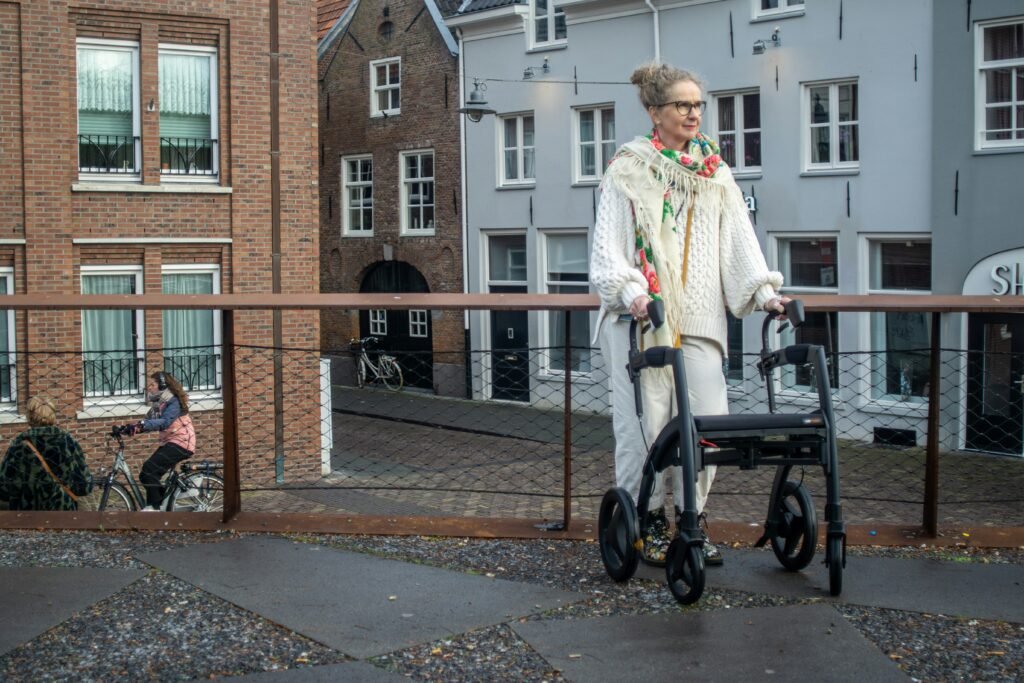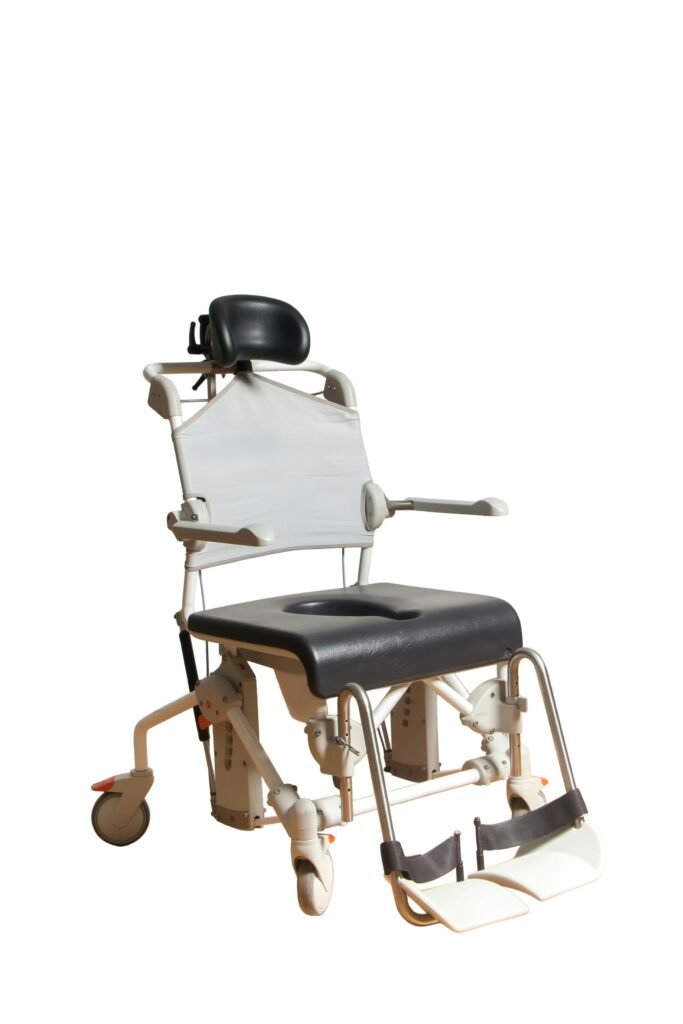Welcome to an article all about rebuilding your strength through stroke recovery exercises. In this helpful guide, you will learn about the importance of physical activity in regaining mobility and function after experiencing a stroke. We will explore various exercises and techniques designed to improve strength, coordination, and balance, ultimately aiding in your journey towards full recovery. Stick around to discover how these exercises can positively impact your health and well-being post-stroke. Have you or a loved one recently experienced a stroke? If so, you may be wondering what steps you can take to rebuild strength and improve mobility during the recovery process. Fortunately, there are specific exercises and activities that can help facilitate your journey towards optimal health and wellness post-stroke. In this article, we will explore various stroke recovery exercises that can aid in rebuilding strength and enhancing overall quality of life. Let’s delve into the world of stroke recovery exercises and uncover the possibilities for your physical and mental well-being.
Check out our Product Reviews
Understanding Stroke Recovery Exercises
Recovering from a stroke can be a challenging and arduous process that requires dedication, patience, and perseverance. Stroke recovery exercises are specifically designed to help individuals regain strength and mobility in the affected areas of the body. These exercises focus on improving muscle tone, flexibility, balance, and coordination, all of which are essential components of the recovery process.
When engaging in stroke recovery exercises, it is crucial to work closely with a qualified healthcare professional, such as a physical therapist or occupational therapist, who can provide guidance and support throughout your rehabilitation journey. These professionals can create a customized exercise program tailored to your individual needs and goals, ensuring that you make steady progress towards recovery.
Benefits of Stroke Recovery Exercises
Stroke recovery exercises offer a wide range of benefits that can positively impact your physical and mental well-being. Some of the key benefits of engaging in these exercises include:
-
Improved Muscle Strength: Stroke recovery exercises can help strengthen weakened muscles and improve overall muscle tone, making it easier to perform daily activities and movements.
-
Enhanced Flexibility: By incorporating stretching exercises into your routine, you can improve flexibility and range of motion in the affected areas of the body, reducing stiffness and promoting better movement.
-
Better Balance and Coordination: Balance and coordination exercises can help minimize the risk of falls and improve overall stability, allowing you to move more confidently and securely.
-
Increased Independence: As you regain strength and mobility through stroke recovery exercises, you may experience a greater sense of independence and self-sufficiency, enabling you to carry out everyday tasks with greater ease.
-
Boosted Mood and Confidence: Engaging in physical activity can have a positive impact on your mental health, boosting mood and self-confidence as you progress through your recovery journey.
Getting Started with Stroke Recovery Exercises
Before embarking on a stroke recovery exercise program, it is essential to consult with your healthcare provider to ensure that you are cleared for physical activity and to obtain guidance on the types of exercises that are safe and appropriate for your specific condition. Your healthcare provider may also recommend working with a physical therapist or occupational therapist to develop a tailored exercise plan that aligns with your goals and abilities.
When getting started with stroke recovery exercises, it is important to start slow and gradually increase the intensity and duration of your workouts as your strength and endurance improve. Listen to your body and pay attention to any signs of discomfort or fatigue, adjusting your routine as needed to prevent injury and promote optimal recovery.

This image is property of images.unsplash.com.
Check out our Product Reviews
Types of Stroke Recovery Exercises
There are various types of stroke recovery exercises that target different areas of the body and focus on specific goals, such as improving strength, flexibility, balance, and coordination. Incorporating a combination of these exercises into your routine can help you achieve comprehensive and holistic recovery outcomes. Let’s explore some common types of stroke recovery exercises:
1. Range of Motion Exercises
Range of motion exercises focus on improving flexibility and mobility in the joints and muscles, helping to reduce stiffness and increase range of motion in the affected areas of the body. These exercises involve gently moving the joints through their full range of motion, stretching the muscles, and holding the stretch for a few seconds before releasing. Range of motion exercises can be performed while seated, lying down, or standing, depending on your mobility and comfort level.
2. Strengthening Exercises
Strengthening exercises are designed to help rebuild muscle strength in the affected areas of the body, making it easier to perform daily activities and movements. These exercises often involve the use of resistance bands, hand weights, or body weight to target specific muscle groups and enhance strength and endurance. Strengthening exercises may focus on the upper body, lower body, or core muscles, depending on your individual needs and goals.
3. Balance and Coordination Exercises
Balance and coordination exercises are essential for minimizing the risk of falls and improving overall stability and motor control. These exercises may include standing on one leg, walking heel to toe, or performing specific balance drills to challenge your coordination and proprioception. Balance and coordination exercises can help you feel more secure and confident in your movements, reducing the likelihood of accidents or injuries.
4. Cardiovascular Exercises
Cardiovascular exercises, such as walking, cycling, swimming, or using an elliptical machine, are crucial for improving cardiovascular health, endurance, and stamina. These exercises help strengthen the heart and lungs, increase circulation, and enhance overall fitness levels, promoting better energy levels and vitality. Cardiovascular exercises can be adapted to your individual fitness level and capacity, allowing you to gradually increase the intensity and duration of your workouts over time.
5. Functional Training Exercises
Functional training exercises focus on mimicking real-life movements and activities to improve overall functional capacity and independence. These exercises may involve practicing sit-to-stand transitions, reaching for objects on high shelves, or performing household tasks that simulate daily activities. Functional training exercises help you enhance your ability to carry out everyday tasks with greater ease and efficiency, promoting independence and self-sufficiency.

This image is property of images.unsplash.com.
Tips for Success
While engaging in stroke recovery exercises, it is important to keep a few key tips in mind to maximize the effectiveness of your workouts and ensure a safe and rewarding recovery journey. Here are some tips for success:
-
Stay Consistent: Consistency is key when it comes to stroke recovery exercises. Aim to perform your exercises regularly, following your recommended exercise program and staying committed to your rehabilitation goals.
-
Listen to Your Body: Pay attention to how your body responds to different exercises and movements. If you experience pain, discomfort, or fatigue, modify your workout or consult with your healthcare provider to ensure that you are on the right track.
-
Set Realistic Goals: Establish realistic and achievable goals for your recovery journey, breaking them down into smaller milestones that you can work towards incrementally. Celebrate your progress along the way and acknowledge your accomplishments.
-
Stay Positive and Motivated: Maintaining a positive mindset and staying motivated throughout your recovery process can make a significant difference in your outcomes. Surround yourself with supportive friends and family members who can cheer you on and provide encouragement.
-
Adapt and Adjust as Needed: Be flexible and willing to adapt your exercise routine as needed based on your progress, changes in your condition, or feedback from your healthcare provider. Your exercise program should evolve with you as you continue to recover and improve.

This image is property of images.unsplash.com.
Conclusion
Recovering from a stroke is a unique and individualized journey that requires dedication, perseverance, and support. By incorporating stroke recovery exercises into your rehabilitation plan, you can rebuild strength, improve mobility, and enhance overall quality of life post-stroke. Whether you are working with a physical therapist, exercising at home, or participating in a group fitness class, there are numerous opportunities to engage in activities that promote wellness and well-being.
Remember that every step you take towards recovery is a step in the right direction, and every effort you make to build strength and resilience is an investment in your future health and happiness. Stay committed to your recovery goals, listen to your body, and embrace the journey with an open heart and a positive mindset. With time, dedication, and perseverance, you can achieve significant improvements in your physical and mental well-being as you rebuild strength and embark on a path to optimal recovery.
Check out our Product Reviews